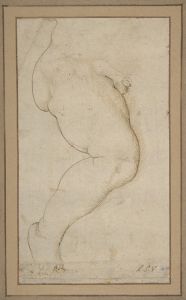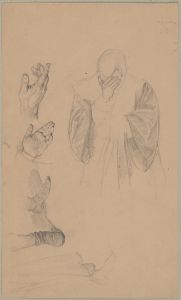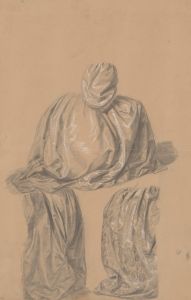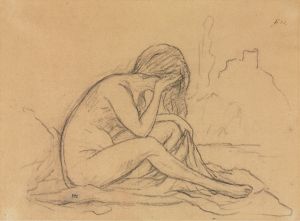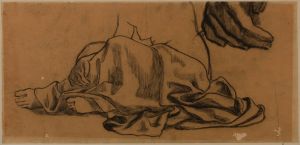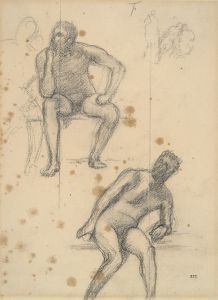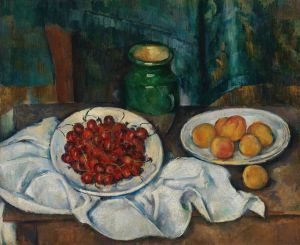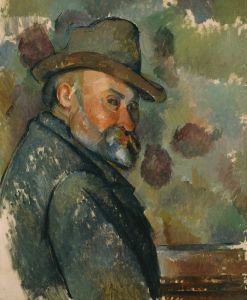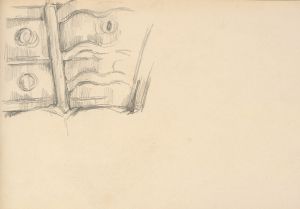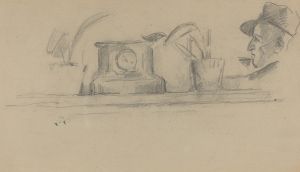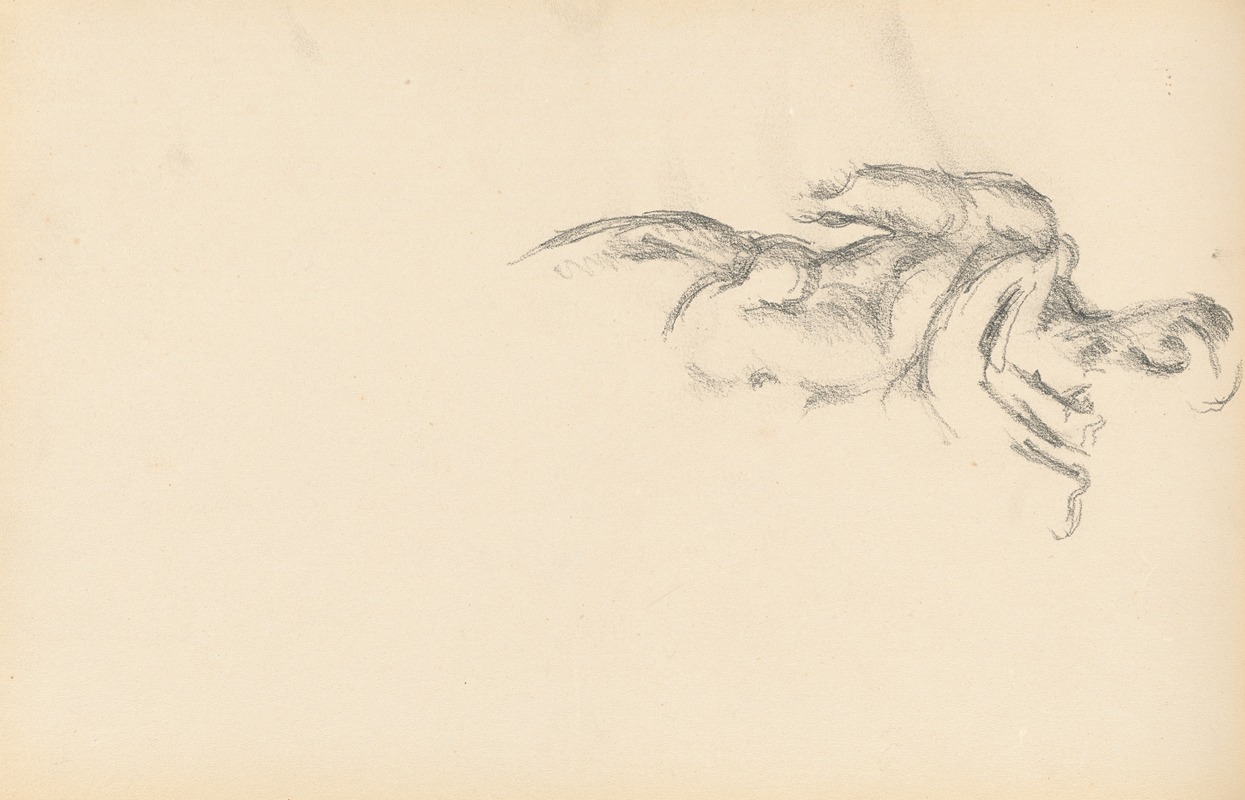
Study of a Standing Male Figure after the Antique
A hand-painted replica of Paul Cézanne’s masterpiece Study of a Standing Male Figure after the Antique, meticulously crafted by professional artists to capture the true essence of the original. Each piece is created with museum-quality canvas and rare mineral pigments, carefully painted by experienced artists with delicate brushstrokes and rich, layered colors to perfectly recreate the texture of the original artwork. Unlike machine-printed reproductions, this hand-painted version brings the painting to life, infused with the artist’s emotions and skill in every stroke. Whether for personal collection or home decoration, it instantly elevates the artistic atmosphere of any space.
Paul Cézanne's Study of a Standing Male Figure after the Antique is a drawing that reflects the artist's engagement with classical art and his dedication to studying the human form. Created during Cézanne's early artistic development, this work demonstrates his interest in mastering traditional techniques and his admiration for classical sculpture. The drawing is believed to be based on a classical statue, as the title suggests, though the specific source of inspiration remains unidentified.
Cézanne's study of classical forms was part of a broader trend among 19th-century artists who sought to ground their work in the traditions of antiquity. Such studies were often conducted in art academies or through independent practice, where artists would draw from plaster casts of ancient sculptures. This practice allowed them to refine their understanding of anatomy, proportion, and the interplay of light and shadow on three-dimensional forms. While Cézanne is best known for his later contributions to modern art and Post-Impressionism, works like this study reveal his foundational training and his respect for the artistic heritage of the past.
The drawing itself is executed with careful attention to detail, showcasing Cézanne's effort to capture the musculature and stance of the male figure. The pose of the figure, with its weight shifted onto one leg, suggests a contrapposto stance, a hallmark of classical sculpture that conveys a sense of naturalism and balance. This focus on structure and form would remain a central concern in Cézanne's later works, where he sought to depict the underlying geometry of objects and figures.
Though this study is not as widely recognized as Cézanne's paintings, it provides valuable insight into his artistic process and his early influences. It also highlights the continuity between his academic training and his later innovations, bridging the gap between tradition and modernity. The exact date of the drawing is not definitively known, but it is generally associated with Cézanne's formative years as an artist, likely in the 1860s or early 1870s.
Today, Study of a Standing Male Figure after the Antique is appreciated as an example of Cézanne's dedication to his craft and his exploration of classical themes. It serves as a reminder of the artist's roots in traditional art practices, even as he went on to challenge and redefine the conventions of painting in his mature works.





